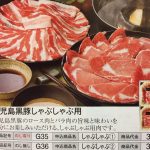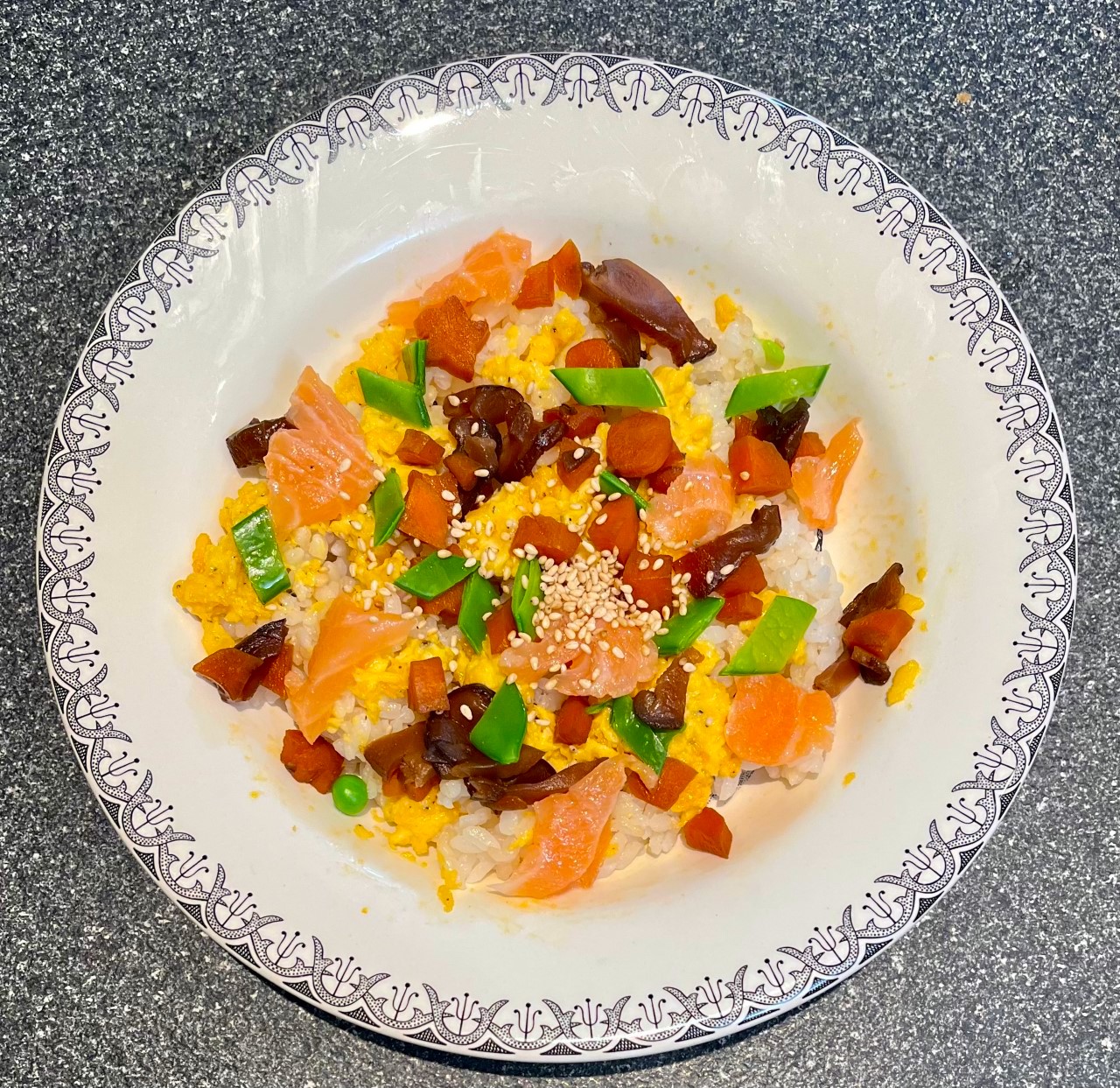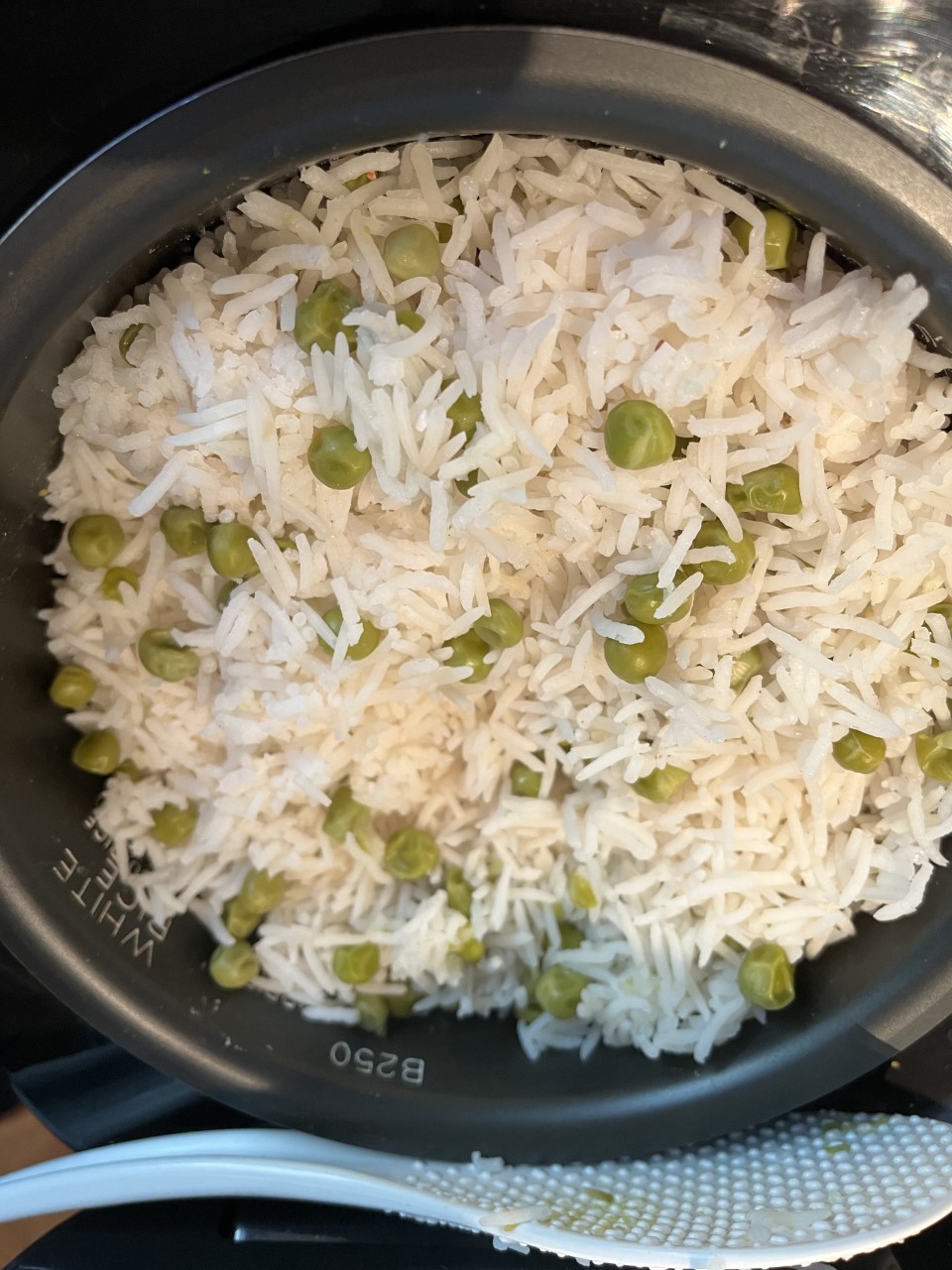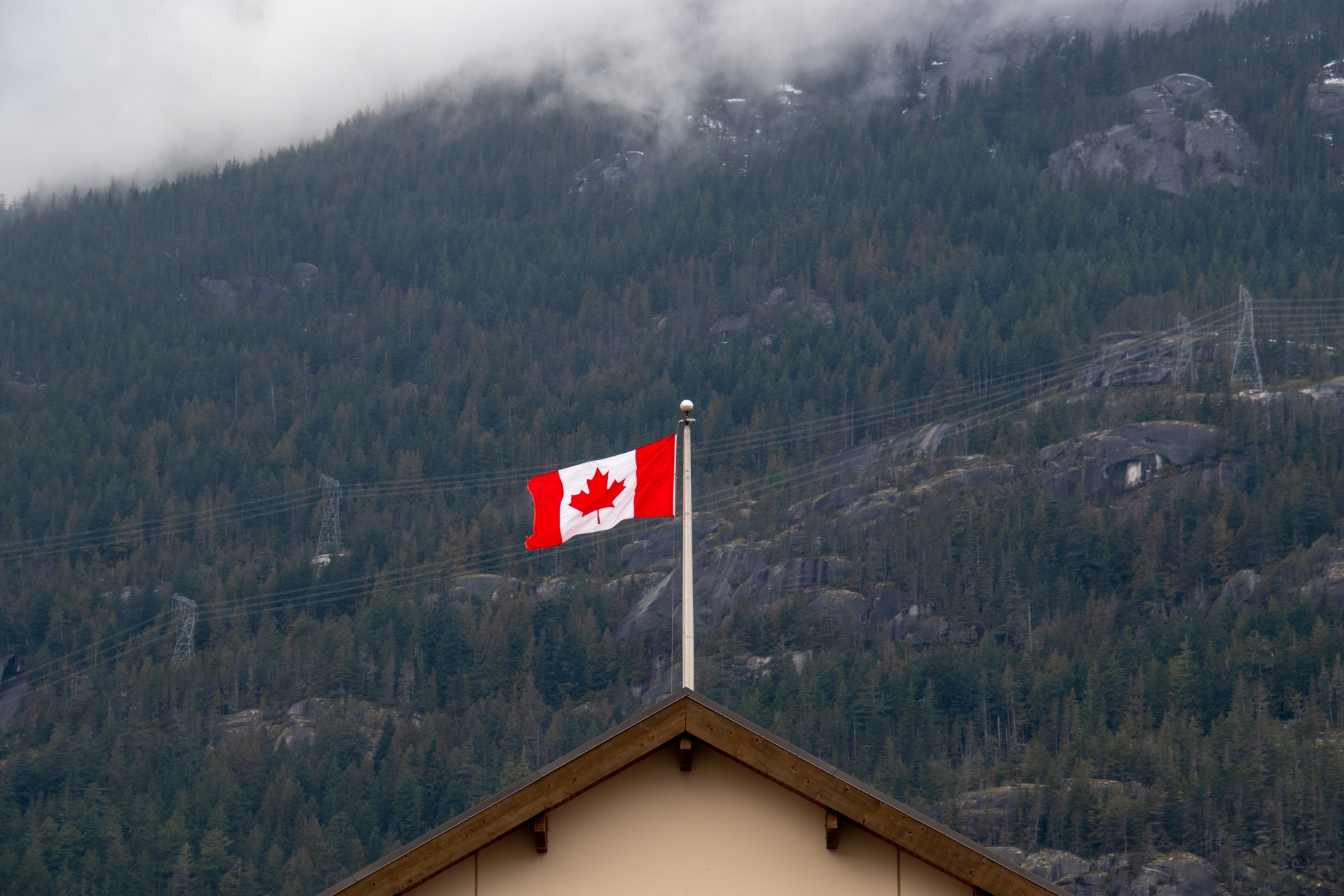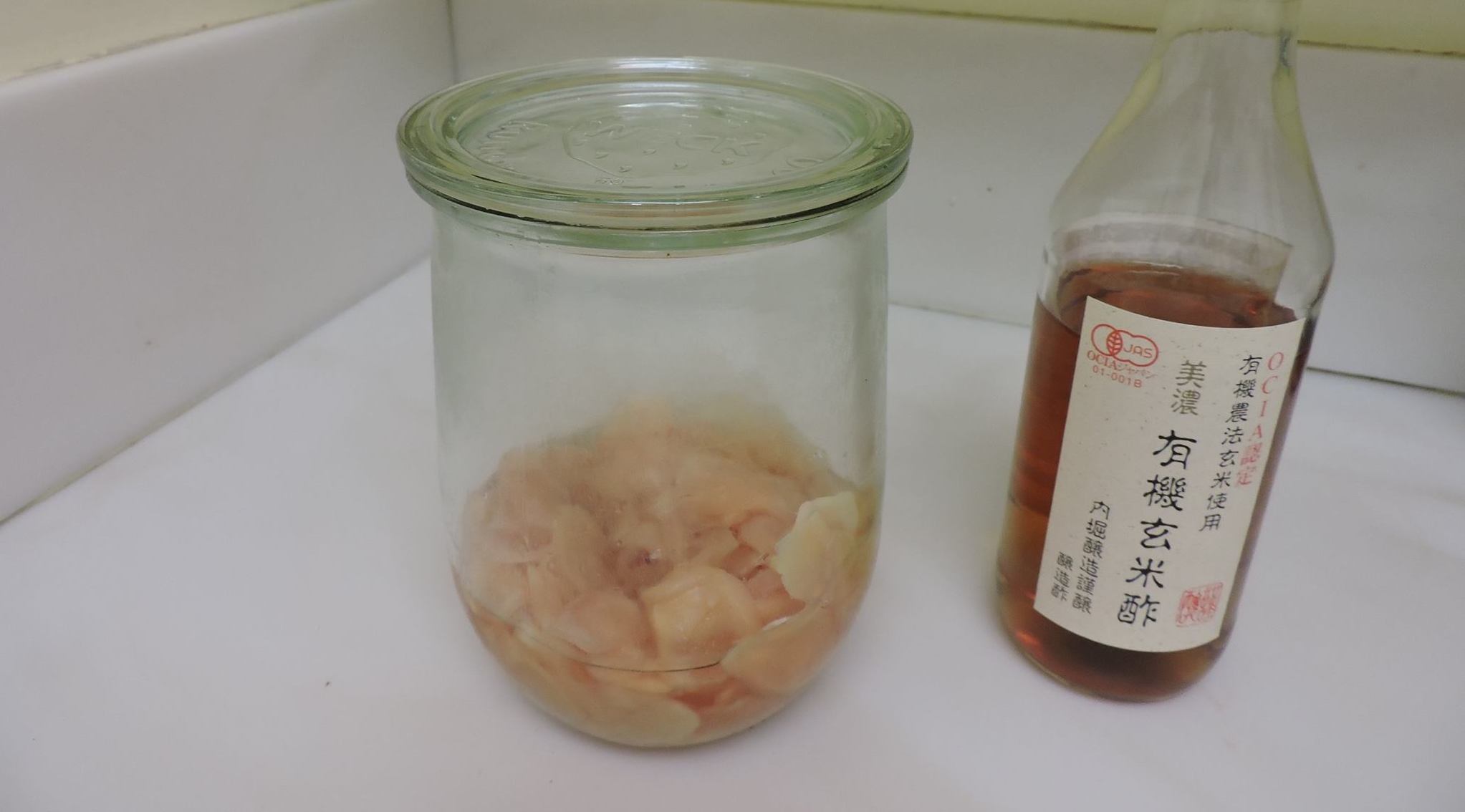ルビ付き和訳は英文の下にございます。/ The Rubied Japanese translation is below the English text..
This post is a continuation of “The US and Satsuma Mandarin“. / この投稿は「米国とサツマみかん」の続きです。
THE UK AND THE SATSUMA MANDARIN
Contents 1. The Anglo-Satsuma War 2. The Namamugi Incident 3. The Satsuma Domain and the UK 4. The Christmas orange 5. The Kurobuta Pork of Kagoshima Japanese translation References / 参考資料
1. The Anglo-Satsuma War
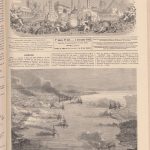
12148/bpt6k6221111p.item
It was in 1862, near the end of the Edo Era.
Some retainers from the Satsuma Domain caused an incident in Japan. The United Kingdom demanded reparations and an apology from the daimyo of the Satsuma Domain. The Satsumas ignored it.
The Tokugawa Shogunate was not capable of being as an intermediary, so the UK decided to directly discuss the matter with the Satsuma Domain. The next year, a Royal Navy squadron of seven ships appeared and anchored in Kagoshima Bay. They wanted the British requests met.
After a few days of tension, the Satsumas fired on them and the squadron bombarded Kagoshima, the capital city of the Satsuma Domain.
The results were disastrous for the city. All the batteries and the factories of modern industry were destroyed. Five hundred of five thousand buildings in the town of Kagoshima were burned down.
The three-day bombardment of Kagoshima, called “Satsu-Ei Sensoo (the Anglo-Satsuma War)” in Japanese, was a major incident in Japanese history.
By the way, what originally caused such a serious situation?
It was the Namamugi Incident of 1862. We will briefly explain it, going back a few years.
2. The Namamugi Incident
In 1855, the Tokugawa Shogunate opened Japan to the world after demands by the United States.
Henceforth, Western people began to visit for commerce, diplomacy, mission, medical practice, and education. However, communication was at first very difficult, and the cultural difference between the West and Japan caused some unfortunate tragedies. The Namamugi Incident was one of those.
On September 14, 1862, Shimazu Hisamitsu, the regent and father of the Satsuma’s daimyo, was on the way to Kyoto from Edo, and passing Namamugi Village in today’s Yokohama City, Kanagawa Prefecture.
Four mounted British people were travelling in Japan when they met this long procession. They entered the procession from the opposite direction. The guardians gesticulated and told them to dismount, but none of them obeyed and just wandered among the retainers, not knowing what to do.
Some Satsuma retainers thought the British were being rude and got irritated. Then, one of the Englishmen happened to approach Hisamitsu’s palanquin directing his horse toward it. Enraged, they jumped at him with drawn swords. He was killed and two others were seriously injured.
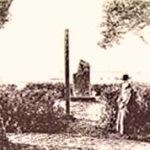
Upon hearing this, the British government said that the killing was illegal since a British subject was protected by extraterritoriality. It demanded an apology and reparations of 100,000 pounds from the Tokugawa Shogunate and the execution of the perpetuators and reparations of 25,000 pounds from the Satsuma Domain. Satsuma ignored it. That was why the UK sent the squadron to Kagoshima Bay.
A resident of Namamugi, who as a little boy witnessed this killing, later erected a monument at this site to record this incident. They have had a memorial service for the victims numerous times, with the last one in 2019.
3. The Satsuma Domain and the UK
Until the Anglo-Satsuma War, the mainstream opinion in the Satsuma Domain was to oust foreigners by force.
However, they quickly changed their mind at the sight of the western military power. They thought that it was impossible to oust them, but that they should rather make use of it in preparation to confront the Tokugawa Shogunate.
With that in mind, during their peace negotiations with the UK, they made an offer: They would pay the reparations if the UK could procure some battleships for the Satsuma Domain.
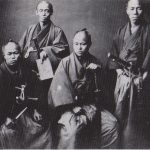
Bombardment_of_Kagoshima
It is strange to ask an enemy to sell armaments, but the UK agreed. They also wanted to finish this matter swiftly. The Satsumas paid the reparations by borrowing from the Shogunate. The UK didn’t pursue further when the Satsumas told them that the perpetuators had fled.
The people participating in the talks on both sides had an opportunity to communicate and observe. As a result, it seems that they felt some interest and respect for each other, and some relationship developed between the UK and the Satsuma Domain.
For example, they began to exchange information directly. The UK helped the Satsumas to reconstruct the factories they had burned down in the bombardment. Some young Satsuma retainers violated a national interdict and smuggled themselves to the UK to study.
In addition, after the Meiji Restoration, the UK aided the Meiji Government during the civil war against the Tokugawa Shogunate. The Satsumas were one of the most influential powers in creating the new government.
According to some, in this series of events, Citrus unshiu saplings were a present of friendship. They were sent to the UK, and the fruit was called “satsuma mandarins”.
4. The Christmas orange
Unfortunately, we don’t know what happened to the young “satsuma” trees. Were they grown in a greenhouse or did they die of cold in a yard?
If they all died, did the word “satsuma” once disappear from British English and come anew from the US in the early 20th Century? Or did it stay to signify mandarin oranges?
Anyway, at one point in the second half of the 20th Century, “satsuma” mandarins were very popular in the UK. They imported Citrus unshiu grown in the Mediterranean, Africa and South America and used them as Christmas oranges.
The Christmas orange is a British custom.
Legend has it that long time ago, St. Nicholas, a wealthy bishop, heard about a dispirited man who lived in poverty. He had three daughters of marriageable age, but he couldn’t afford to prepare the dowry for them. In those days, women with a dowry could expect a better treatment when they married into the husband’s family.
The bishop came up with an idea. On Christmas Eve, he climbed on the chimney of the man’s house and threw some gold coins in it. The coins happened to go into to stockings of the daughters who had hung them at the fireplace to dry. The next day, how they were surprised! Eventually they got married with fine dowries of gold, and everyone became happy.
Therefore, British and Irish people put gold-color citruses in the toe of a stocking with candy on Christmas Eve, and call it the Christmas orange.
It is delightful to hear that “satsuma” mandarins have played the role of the Christmas orange, a symbol of wealth and happiness.
5. The Kurobuta Pork of Kagoshima

s/gourmet/meat/pork/
Lastly, here is a continuation of the story of the citruses given to the UK by the Satsumas. There was a courtesy return present.
In the late 1860’s, rare Berkshire black pigs raised by such people as the British Royal family were sent to Kagoshima (which was the property of the Satsuma Domain). It was meant as the return gift for the citrus.
Citrus unshiu is delicious, but after all it’s a mandarin. Its value is not equitable to that of Royal pigs. The people of the former Satsuma Domain must have felt much obliged for the warm expression of friendship.
In Edo Japan, people didn’t eat pork officially. However, only in the Satsuma area did they eat it since they were exposed to the culture of the Ryukyu Islands, which shared a custom of eating pork with China.
After this occasion, people in Kagoshima took a lot of effort to raise the Berkshire pigs. They continued to import them from the UK and breed them. Today, their Berkshire pork branded as “Kagoshima Kurobuta (black pig) Pork” is considered the best pork in Japan.
Recently, we found the Kagoshima Kurobuta Pork in a gift catalogue at a post office in Japan.
Japan Post, Co. Ltd. runs a mail-order gift shop business. In their catalogue, they prepare the pork for Shabu-shabu (blanching) by slicing it so thinly that it looks like pink paper.
It costs about 30 dollars for half a pound (2,400 yen for 240 grams), much more expensive than regular pork. We assume this “Kagoshima Kurobuta Pork” is not meant for everyday cooking but for a very special gift.
Thank you very much for reading. As if it was not enough, next post will be a very interesting story of how Citrus unshiu went Canada. We hope to see you again.
[End of the English post]
英国と「サツマ」みかん
目次 1. 薩英戦争 2. 生麦事件 3. 薩摩藩と英国 4. クリスマス・オレンジ 5. かごしま黒豚 参考資料
1.薩英戦争
1862年、江戸時代末期のことです。
日本で、ある事件が起こりました。英国は薩摩藩主に賠償と謝罪を求めましたが、薩摩藩では返事をしませんでした。
江戸幕府は仲介の役に立ちません。英国は薩摩藩と直接交渉することにして、翌年軍艦7隻を率いて賠償などの要求にやってきました。
英国艦隊は鹿児島湾に停泊し、鹿児島城下で薩摩藩と砲撃を交えました。
鹿児島の町は甚大な被害をこうむりました。砲台はすべて破壊され、藩で近代工業を成立させようとしていた工場群も焼失。さらに、鹿児島城下5千戸のうち500戸以上の家屋が焼かれてしまったのです。
たった三日間の戦闘だったので、英語では「鹿児島の砲撃」といいますが、日本史では「薩英戦争」と呼ばれる大事件でした。
ところで、これほどの事態を引き起こした元の事件とは何だったのでしょうか。
それは、前年1862年の「生麦事件」でした。少しさかのぼって、簡単にご説明します。
2.生麦事件
1855年、日本は米国に強く求められて、開国しました。
この後少しずつ、欧米の国々から商業や外交、宣教や教育に携わる人々が日本を訪れるようになりました。しかし、初めは言葉がほとんど通じなかったし、西洋と日本の文化の違いなどから、悲劇も起こりました。そのひとつが生麦事件です。
1862年9月14日、薩摩藩主の父島津久光が江戸から京都へ向かう途中のことです。
今の神奈川県鶴見区の生麦というところで、騎馬で旅行していた英国人四人がこの大名行列に行き合い、逆行して混じり込んでしまいました。警護の武士たちは下馬せよと手真似で伝えたけれど、四人とも騎乗のまま行列の中で右往左往していました。
薩摩藩士の一部は英国人たちが無礼だと思いました。そのうち、一人の英国人の馬が久光の駕籠近くへ押されていき、激高した数人が切りかかったのです。その男は殺され、二人は重傷を負いました。
これに対し、英国政府は治外法権で守られている自国民の殺傷は違法であるとし、江戸幕府に謝罪と賠償金10万ポンド、薩摩藩に犯人の処罰および賠償金2万5千ポンドを要求しました。薩摩藩が返事をしなかったので、鹿児島へ直談判に来たわけです。
なお、当時子供として生麦事件を目撃した人が、後に現場に遭難を記した碑を建てました。2019年にも、犠牲者の追悼会が行われています。
3.薩摩藩と英国
「薩英戦争」まで、薩摩藩内の主な論調は欧米を武力で追い払うべしというものでした。
しかし、西洋の軍事力を目の当たりにして、その考えはあっさり変わりました。このような国々を追い払うことは不可能だから、逆にそれらを利用して徳川幕府に対抗しようということになります。
そこで、和平交渉の場で、薩摩藩代表は英国代表に対し、軍艦を周旋してくれるなら賠償金を払うと申し出ました。
敵国に軍備を売ってくれなんて変な話ですが、英国は承諾しました。英国にも事情があって、早く決着をつけたかったのです。薩摩藩は幕府からお金を借りて、賠償金を払いました。下手人は逃亡中とし、英国もそれ以上追求しませんでした。
この交渉は、薩摩藩と英国がお互いを観察するよい機会になりました。そして、双方ともある種の興味と尊敬を相手に覚えたらしい。この後、英国と薩摩藩の間にある関係が生まれたのです。
例えば、薩摩藩と英国の間で直接情報交換が行われたり、英国が「薩英戦争」で破壊した工場群の再建を手伝ったり、薩摩藩の若い武士が国禁を冒して渡英・留学したりしています。
また、この四年後に、薩摩藩の強い影響力のもとに明治政府が発足しますが、幕府側との内戦の際、英国は明治政府を援助しています。
このような流れの中で、薩摩藩から英国へ温州みかんの苗木が贈られたといいます。そして、これが英国で「サツマ」マンダリンと呼ばれるようになった、と。
4.クリスマス・オレンジ
ただ、英国へ渡った温州みかんがどうなったのかは、わかりません。温室で育ててもらえたかもしれませんが、外だったら寒さに耐えられず枯れたかもしれません。
そうであれば、「サツマ」という言葉は20世紀前半には人々の記憶から消え、あとで米国から再輸入したのでしょうか。それとも一般にマンダリンを表す言葉として残ったのでしょうか。
それはともかく、20世紀後半の一時期、英国ではクリスマスシーズンに「サツマ」がとてもポピュラーだったといいます。地中海地方、アフリカ、南米などで栽培された温州みかんが輸入され、「クリスマス・オレンジ」として使われたのです。
「クリスマス・オレンジ」は英国の風習です。
言い伝えによれば、昔、セント・ニコラスという裕福な司教が、ある貧しい男の話を耳にしました。この男は、年頃の娘が三人いるのに、持参金をつけてやれず困っていたのです。当時、女性は持参金があると婚家でよい扱いを受けることができました。
そこで、司教はクリスマスの夜、こっそり男の家の煙突に上り、上から金貨を投げ入れてやりました。金貨は、暖炉のところで乾かしてあった娘たちの靴下に入り、翌朝皆を驚かせました。これを持参金として娘たちは嫁ぎ、皆が幸せになりました。
ここから、黄金の色をした柑橘をクリスマス・オレンジと呼び、幸せを招く金貨を表すものとしてキャンディーなどと一緒に靴下のつま先に入れるようになったということです。
温州みかんが幸せの金貨に見立てられたなんて、楽しい話です。
5.かごしま黒豚
なお、薩摩藩から英国への贈り物になった温州みかんには、お返しがありました。
1860年代に、英国で王家の人々などが育てていた貴重なバークシャー豚が、鹿児島県(元の薩摩藩領を含む地域)へ贈られてきました。これが温州みかんへの返礼とされていたそうです。
温州みかんは美味しいとはいえ、まあ、みかんです。そのお返しに、王室の豚をいただくとは……旧薩摩藩の人々は英国の厚誼に感激したのではないでしょうか。
江戸時代の日本では、公式には豚肉を食べませんでした。しかし、薩摩藩だけは中国文化の影響を受けた琉球文化とのつながりから、豚を食べる習慣があったのです。
この後、鹿児島では大切にバークシャー豚を育てました。困難な時も英国からの輸入と品種改良を続けていた人々があり、その努力は現在、日本で豚肉の最高級品とされるバークシャー種「かごしま黒豚」というブランドとして結実しています。
最近、郵便局のギフトカタログで「かごしま黒豚」を見る機会がありました。
日本では郵便局が贈答品ビジネスをしているのですが、カタログの写真では肉がしゃぶしゃぶ用に美しいピンクの、紙のように薄いスライスになっていました。
値段は240グラムで3400円(約30ドル)など、普通の豚肉とはかけ離れています。カタログの「かごしま黒豚」は、家庭で日常的に使う食材ではなく、特別な贈り物にするものなのでしょうね。
[和文部終わり]
お読みいただきありがとうございました。これでもかというようですが、次回は温州みかんがどのようにカナダへ渡ったかについて、ご紹介します。どうぞよろしくお願いします。
References / 参考資料
- Bombardment of Kagoshima – Wikipedia
- 薩英戦争 – Wikipedia
- Le Monde illustre
- Ernest Mason Satow “A Diplomat in Japan”
- 集成館事業 – Wikipedia
- Namamugi Incident – Wikipedia
- 生麦事件 – Wikipedia
- 生麦事件碑で追悼祭
- 幕末の動乱期の外国人殺傷事件・生麦事件(1)、(2)
- The history of the Satsuma students
- The story of the Satsuma students
- Christmas oranges
- 「サツマ」というみかん
- Berkshire pig – Wikipedia
- かごしま黒豚とは
- 上質な柔らかさと味わいの「かごしま黒豚」
